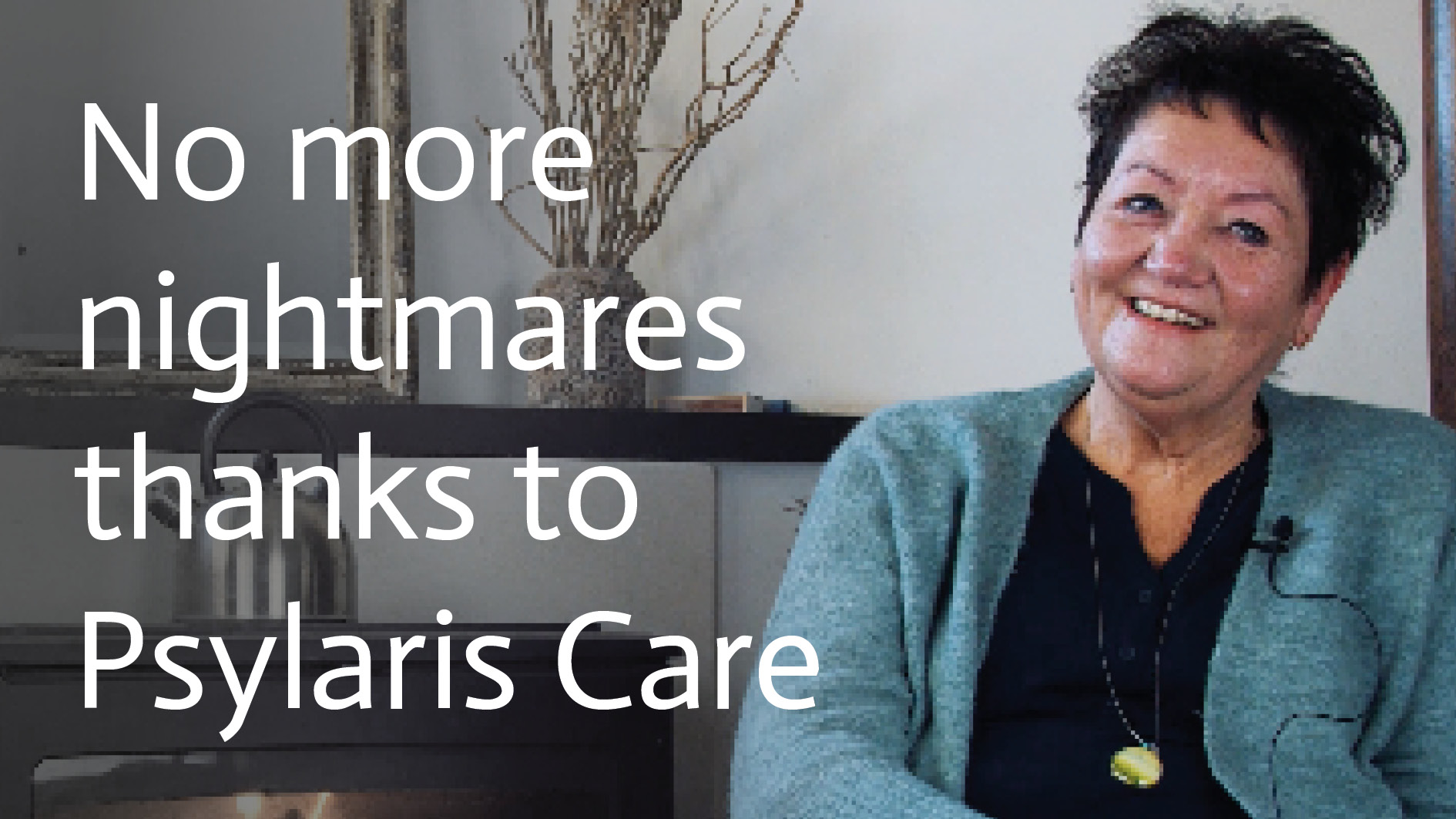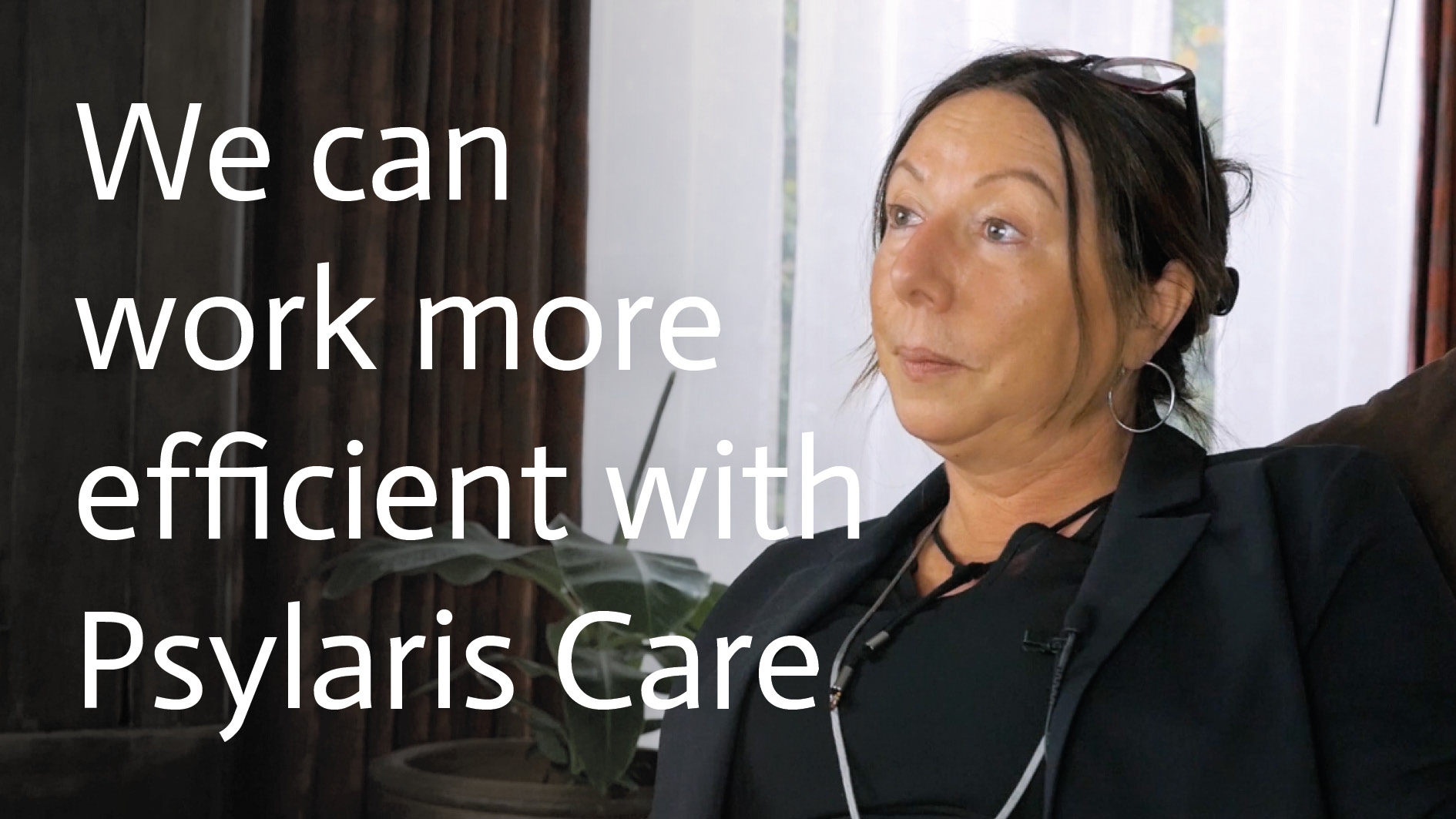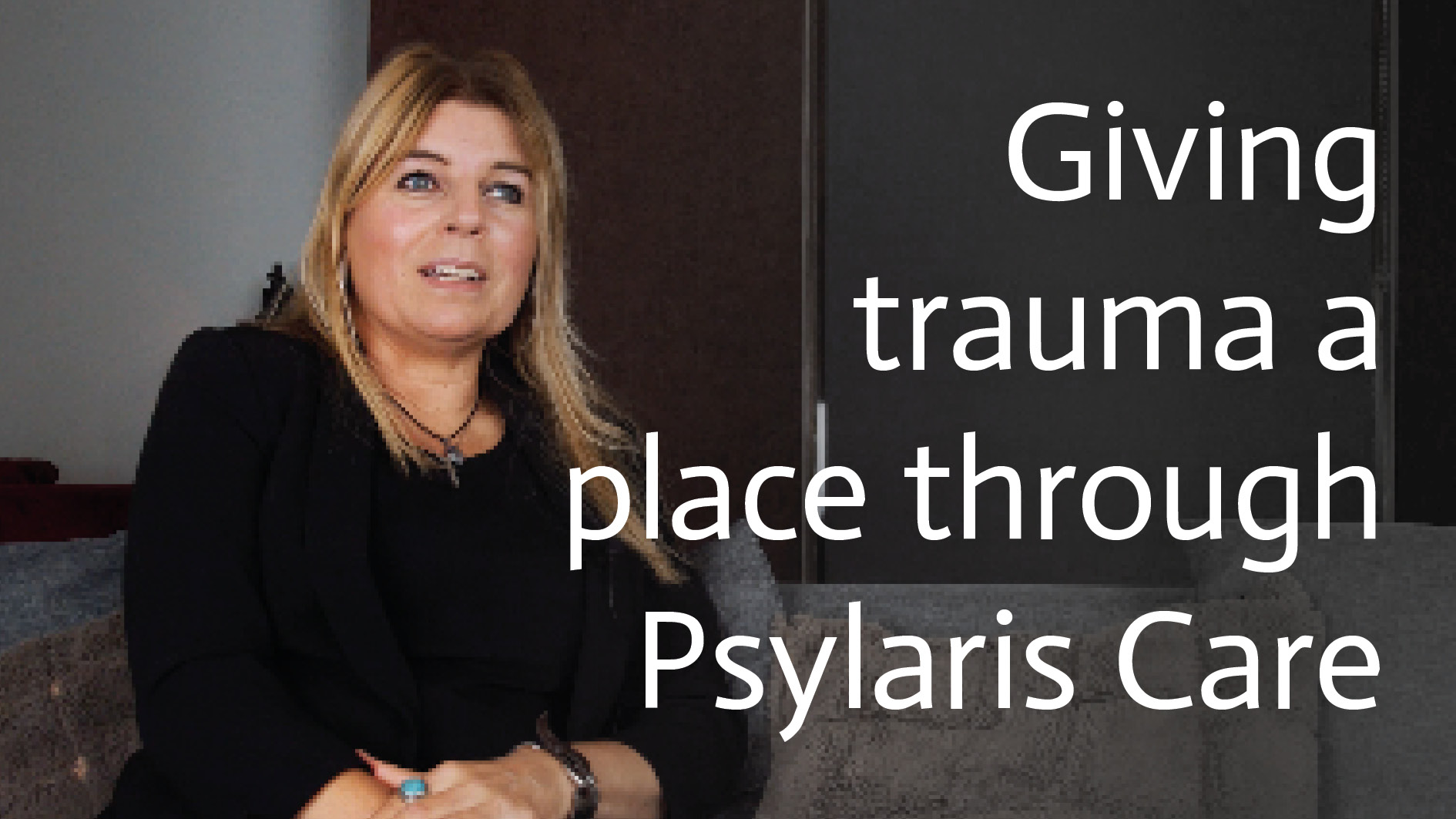Waiting times are a major problem in the Dutch mental healthcare system. People who need treatment are stuck with their problems and can be a nuisance to society. Of course, it is also not pleasant to walk around with problems that bother you a lot. With a modern method of EMDR, the waiting times in the mental healthcare sector can be reduced.
Waiting times in mental healthcare
The care providers in mental healthcare publish the latest state of affairs regarding waiting times every month. The waiting time is divided into a so-called registration waiting time and treatment waiting time. The registration waiting time is the waiting time between the first contact with the client and the intake. A waiting time of 4 weeks is considered acceptable. The time between the intake and the first treatment is considered the treatment waiting time and is on average 10 weeks. A total acceptable waiting time (registration and treatment waiting time together) is therefore 14 weeks.
For many patient groups, the waiting time is far exceeded and that is serious. For basic mental healthcare, the treatment waiting time is fortunately good at 3.6 weeks, but the registration waiting time is more than 7 weeks. So it takes far too long before people can start treatment. People who are traumatised and need treatment because of this are very badly off with the current waiting time in the mental healthcare sector. The registration waiting time is no less than 11.5 weeks and the treatment waiting time is 7.1 weeks. Since an unresolved trauma is often at the basis of PTSD and other trauma-related problems such as anxiety and panic disorders, is the waiting time to start the intake is far too long.
What are the causes of waiting times in mental healthcare?
In a report, the Court of Audit has mapped out the causes of waiting times in the sector. A striking observation was made. Of the yearly available budget of 3.6 billion euro, 300 million is left over. With the waiting times in mental Healthcare, this means that the available budget does not reach every client and is therefore spent incorrectly. With better organisation, the money can be used more efficiently.
The three main causes
1. In the report of the Algemene Rekenkamer, three causes are mentioned that are the cause of the waiting times in Mental Health Care. The most important cause is the way health insurers finance the services. Funding for lighter care questions is much more attractive and also more than sufficient. This is in contrast to the heavy care treatments, in which care institutions run a greater financial risk of having to bear part of the costs.
2. A second cause is a shortage of beds. The number of beds has been reduced by more than 20% in recent years and this was to be replaced by more ambulatory care. This did not take off, resulting in a lack of capacity and too few beds.
3. The last and major cause is the lack of staff in mental healthcare. Although the staff works with a lot of love, the profession itself is unattractive for those who want to make the step into mental healthcare. Besides the irregular shifts, such as working in the evenings and at night and weekends, strict protocols must be maintained and there is a heavy administrative pressure on the care providers. Working in mental healthcare must therefore be made much more attractive.
How can EMDR contribute to reducing waiting times?
EMDR is a specific therapy, which focuses on processing trauma. During the therapy, a traumatic event is brought to the surface by the client and then the event is processed in the working memory by means of distraction with the hands or an acoustic signal. Partly because many psychological complaints are at the basis of an unprocessed trauma and because the results with EMDR are very good, this is a form of therapy that could shorten the waiting time. With EMDR the source is treated, i.e. the unprocessed trauma, is tackled, which also makes recovery possible from the consequences of the trauma, such as PTSD or anxiety and panic disorders.
Psylaris significantly reduces waiting times with EMDR products in VR
A successful EMDR treatment can be part of reducing waiting times in the mental healthcare sector. Psylaris has developed modern EMDR tools, which make the chance of reducing waiting times even greater. This is for instance possible with EMDR-VR and EMDR-Plus, developed by Psylaris. This is EMDR via virtual reality , with the VR glasses, a much more intense distraction is possible and faster recovery is achieved. In addition, the client does not have to be in the treatment room. The client can also be treated from home and the practitioner retains control with distraction tasks via virtual reality.
EMDR at a distance is also possible with EMDR-Remote. With this online platform from Psylaris, the practitioner can give an EMDR treatment to the client at home via a stable video connection. In this way, a practitioner can treat more clients, but also more frequently and with a faster recovery as a result. All this ultimately leads to shorter waiting times for clients who need urgent assistance.








